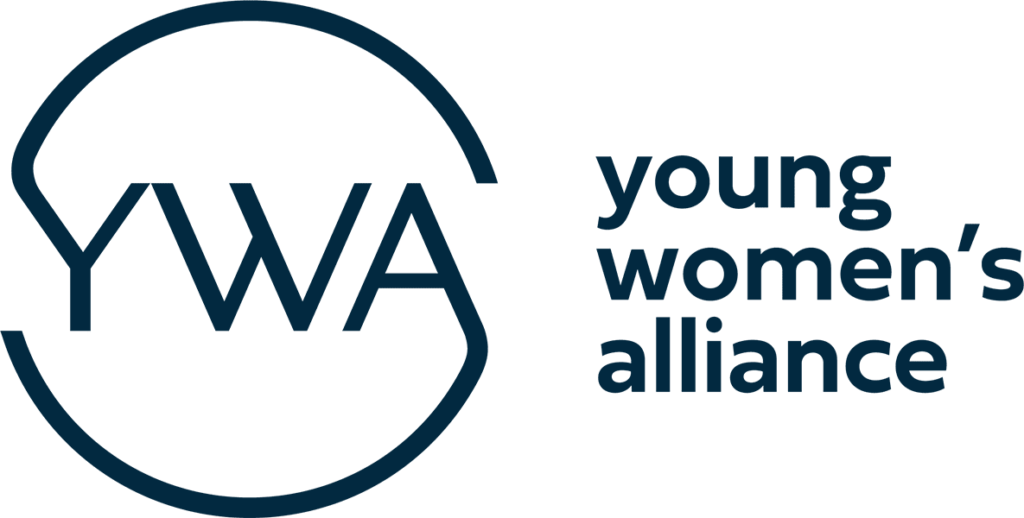Earlier this month, YWA hosted a virtual resume workshop featuring special guest Meredith McManus, senior marketing manager at Indeed. Here are some of our takeaways from the session. If you’re an active YWA member, you can view the recorded session online by logging in and visiting the Resources section.
1. Design should prioritize readability and professionalism.
Make sure your resume presents you as someone who can hold your own in the room with senior leadership.
Above all, your resume should be easy to read. Use primarily black and white, with minimal pops of color. Too much color, nontraditional fonts, or use of patterned designs like chevron could come off as immature and unprofessional.
Use heading styles and bold fonts to create a hierarchy of information throughout your resume. Make it easy for the reader’s eyes to go toward the most important information. People reviewing candidates for a role could be looking at hundreds of resumes — it’s ok to get a little bit creative, but you want to stand out for the right reasons.
2. Edit ruthlessly for quality and relevancy.
While it is a myth that all resumes should be limited to one page, you should definitely be able to fit everything you need on two pages. Your resume should be a focused, goal-oriented document; not the kitchen sink.
If you’re finding your two pages pretty cluttered, here are some things Meredith says can go:
- Certifications that are irrelevant or from nontraditional, nonaccredited sources like Skillshare
- Your street address, college GPA, and a list of your hobbies and interests
- Contact information for references, or “References available upon request”
- Universally required skills like Microsoft Office and “clear communicator”
- Awards and honors from more than ten years ago
3. Highlight the most important information.
As you get more jobs under your belt, it will be even more important to make best use of your space and communicate the most important things. Here are some considerations on how to best present your past work experience:
- Cut the jobs you had in high school or college (unless they’re extremely and/or uniquely relevant to the position for which you’re applying)
- Get rid of any part-time or contract roles that aren’t relevant to the type of role you’re seeking
- Roles you had more than four companies back should be collapsed into just the company name and role title, if possible
- Consider cutting roles you held more than eight years ago completely — that just takes space away from presenting all the great things you’re doing now
You’ll also need to make sure you’re getting the most important info into the actual descriptions of your past roles as well. Cut any generic, obvious descriptors and focus on your contribution to the role.
As you think about how to frame your past experience, keep the current role you’re seeking in mind. Try to use some of the words and phrases from the job description, and above all, focus on quantifiable results. “Led a program that generated $XX in revenue” is better than “Ran ad campaigns on Facebook.”
4. Craft the right intro statement.
Your resume doesn’t have to have an intro statement. And if having one creates a weird spacing issue (like splitting a past job description onto a second page or pushing the entire document to a third page), just cut it.
If you do choose to include an intro statement, here are the things to keep in mind:
- It should be highly tailored the role you’re applying for
- Emphasize your experience
- Be concrete, and use quantifiable examples
